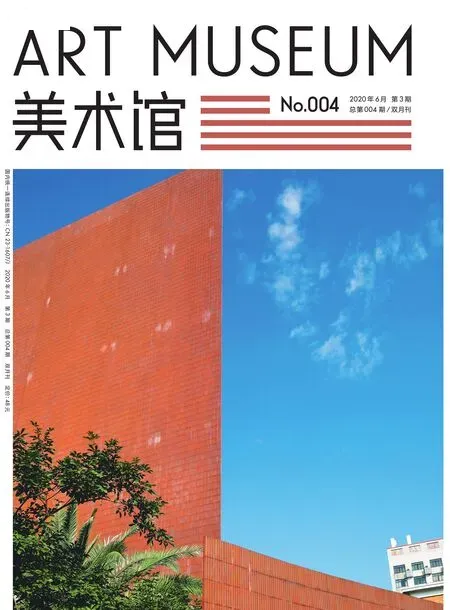美术馆前沿:“虚拟展览”实践及人工智能运用
2020-12-05王静
编者语:
互联网三维技术的迅速发展正在制造新一轮信息化、数字化的浪潮,这股浪潮席卷了世界的各个角落。这其中,虚拟现实技术是一门涉及计算机图形学、人工智能、多媒体技术以及人机结构技术等诸多领域的新兴技术,虚拟现实技术在当下博物馆/美术馆“虚拟展览”探索方面越来越得到广泛使用,为美术馆观众制造线上观展体验,突破原有物理空间的诸多条件限制,搭建出永不落幕的展览平台——实体空间展示大多为单向静态输出,虚拟展览则可以透过大数据分析,了解观众的喜好与关注点;数字化展陈方式打破时间限制,为激发观众进一步了解实体展馆提供了可能,而对网页设计与图档清晰度的高要求,也将更进一步催化虚拟展示技术的更新和迭代,未来如何创造与实体展览相当的观展体验,让观众真正进入置身于展场般的情境,将成为美术馆探讨的重要课题。(文/王静)
INTRODUCTION:
The rapid development of 3D Internet technology is bringing a new wave of informatization and digitization to every corner of the world.The research and application of virtual reality technology is a new subject that involves computer graphics, artificial intelligence, multimedia technology and manmachine relationship.The VR technolgoy is being increasingly used in "vitual exhibitions" at museums.It creates online exhibition viewing experience, breaks the limits of physical space, and constructs an exhibition platform that never has a closing date.Exhibitions at physical space pass on information in one-way and static manner, while virtual exhibitions get to know the audience's preference through big data analysis.Digital display is not restricted timewise, making it more possible for the audience to know about the museum's physical space.The high demand for image and web design quality further drives the virtual display technology to update and iterate.How to create virtual exhibition that could provide experience of the same standard as the physical exhibition, and put the audience in life-like situation as if they are actually in the exhibition space, will be an important issue that art museums should explore.(Text by Wang Jing)
